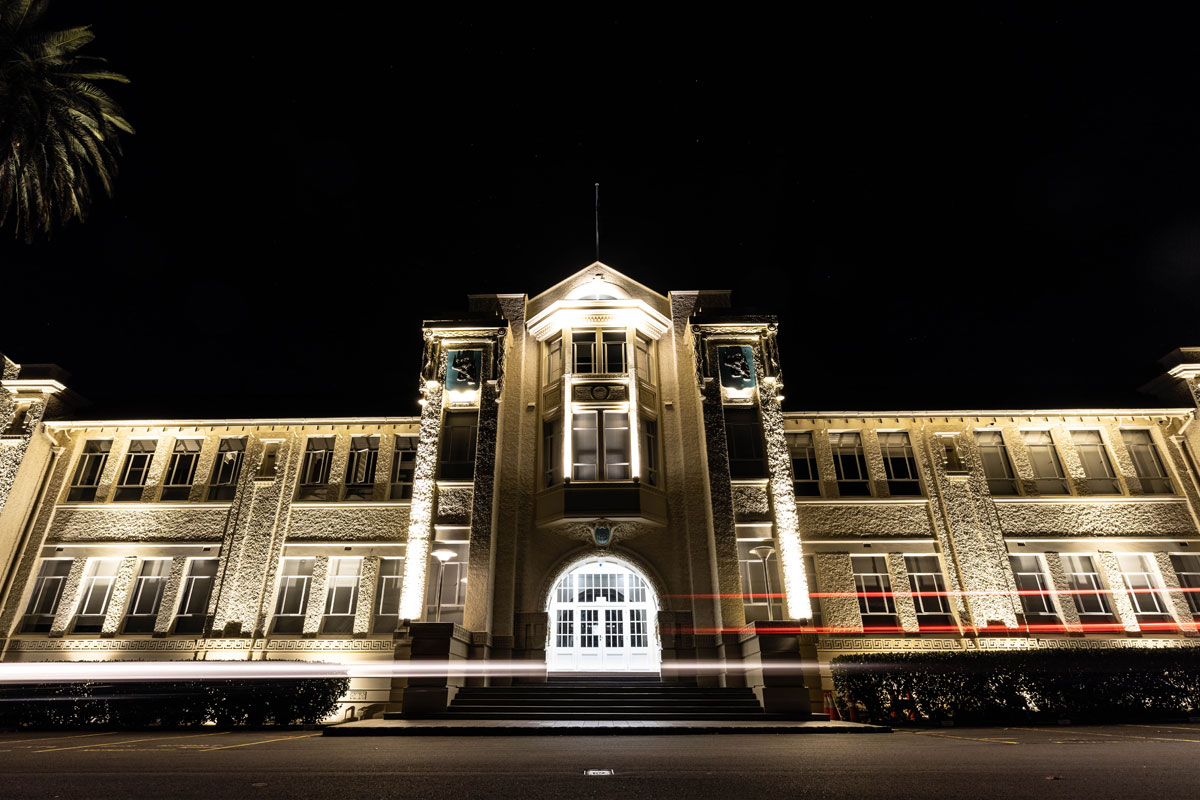Lighting design plays a vital role in enhancing the aesthetics and functionality of architectural and interior spaces. It is not just about illuminating a space, but also about creating a specific mood, highlighting key design features, and improving the overall user experience.
We will cover five key points that highlight the importance of lighting design in architecture and interior design and how it can transform a space.
Enhancing Aesthetics: Proper lighting design can highlight key design features of a space, such as artwork, sculpture, or architectural details. It can also create a sense of depth and dimensionality, making a space look more visually appealing. By using the right color temperature, brightness, and beam angle, lighting designers can create a cohesive and harmonious atmosphere that complements the overall design of the space.
Improving Functionality: Good lighting design is not just about aesthetics, but also about functionality. Lighting can be used to create a hierarchy of spaces, making certain areas more prominent and others more subdued. It can also provide directional cues, guiding people through a space, and increasing safety and comfort levels. Lighting designers can also use different types of lighting, such as task lighting, accent lighting, and ambient lighting, to create the right mood and functionality for a specific space.
Saving Energy: Proper lighting design can also help reduce energy costs by using energy-efficient lighting fixtures, such as LED lights. LED lights have a longer lifespan and consume less energy than traditional incandescent or fluorescent lights. They also emit less heat, which can help reduce the load on air conditioning systems, thereby reducing energy consumption further.
Enhancing Well-being: Lighting design can also have a significant impact on people’s well-being. Natural light has been shown to improve mood, enhance productivity, and regulate the body’s circadian rhythm. Lighting designers can incorporate natural light into a space by using windows, skylights, or light tubes. They can also create a dynamic lighting scheme that changes throughout the day, mimicking natural light and promoting a healthy circadian rhythm.
Creating Brand Identity: Lighting design can also be used to create a unique brand identity for a commercial space. For example, a retail store might use lighting to highlight its products and create an inviting atmosphere for customers. A hotel might use lighting to create a luxurious ambiance and highlight key design features. Lighting designers can work with interior designers and architects to create a lighting design that reinforces the brand identity of a commercial space.
Lighting design is a critical aspect of architecture and interior design. It can transform a space by enhancing aesthetics, improving functionality, reducing energy consumption, promoting well-being, and creating a unique brand identity. By working with a professional lighting designer, architects and interior designers can create a lighting design that not only looks good but also improves the overall user experience of a space.
If you have any questions about our Lighting Design service, get in touch with us.





